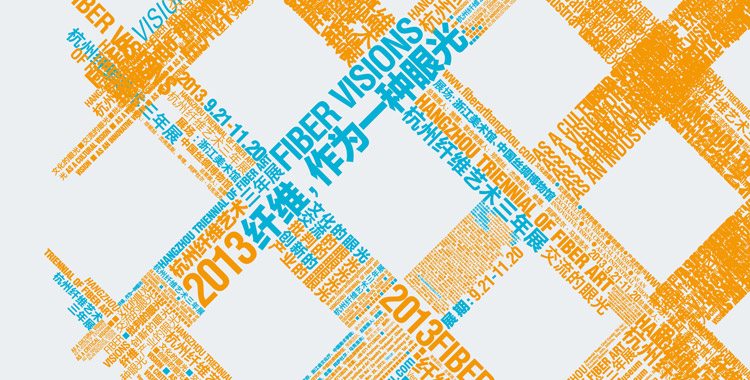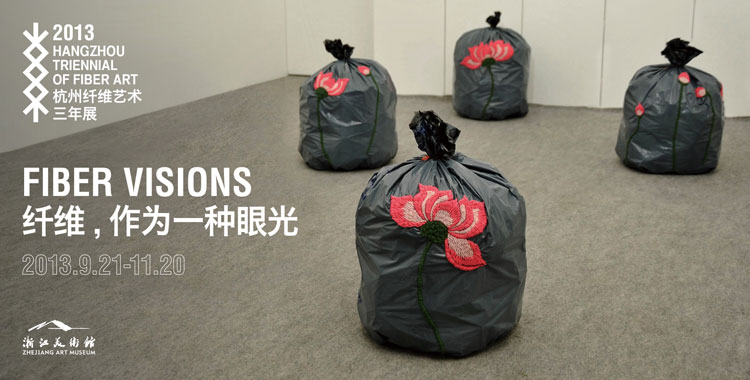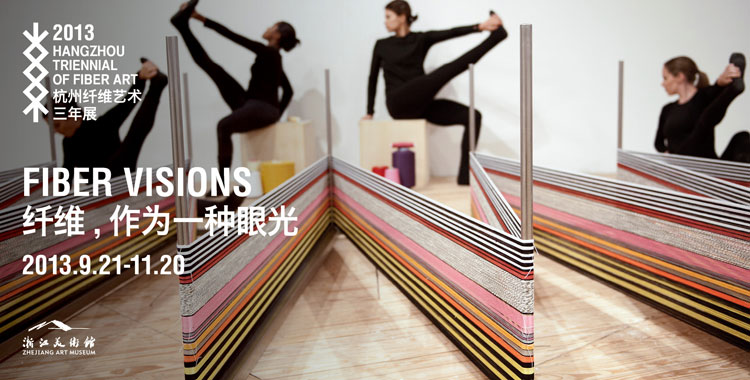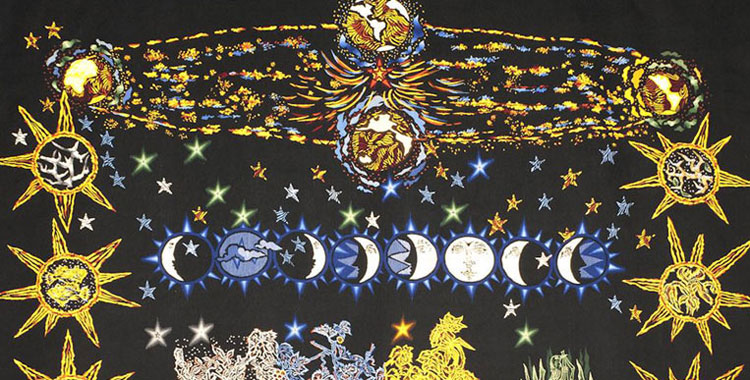The Hangzhou Triennial of Fiber Art 2013, On Site Production by French artist François Daireaux
As of the 26th of June 2013, at the Hangzhou design firm Guoyang Identities, French artist François Daireaux and his volunteers have been preparing “Carpet”, the work the artist will submit for display at the Hangzhou Triennial of Fiber Art. The artist brought with him all kinds of stockings, as well as buying three hundred additional pairs at Hangzhou’s night markets and via the Chinese online retail site “Tao-bao”. Daireaux filled these stockings with fiber glass, creating sausage shaped forms which were then folded in on themselves from both ends to create “rosettes”, somewhat resembling traditional Chinese pillows. The completed work consumed some three thousand measures of fiberglass resin and took around twenty days to produce. Today, arranged neatly in the studio, these fiber glass stuffed “stocking-pillows” have taken over a month to complete in total. The patterned stockings are all different sizes and the artist is utterly indifferent to any traces of fiber glass that might seep out from inside them. Daireaux hopes his works can be more about “natural production” than they are about “wilful fabrication”, believing the traces left by his assistants’ hands manifest the relationship that connects artworks and humans.
When the time comes, nine-hundred of these “stocking-pillows” will be combined, forming a carpet of eight-by-five metres in dimension. The work is an interactive piece, and each time a spectator removes their socks to walk along its surface, they feel the unevenness of its texture. Although appearing soft, when trodden on, the carpet reveals itself as in fact very hard. The apparent paradox of this result is something the artist strives to attain, believing that in this way, people can be helped to envisage a greater variety of imagined spatialities. In conjunction with the display of the work “Carpet”, Daireaux will also shoot an experimental short film, documenting the piece.
The volunteers engaged in the production of this particular work have been: Wang Ziyun, Sun Gongbo, Zhang Xiaoyu, Leng Zhengyang and Lu Cheng.































